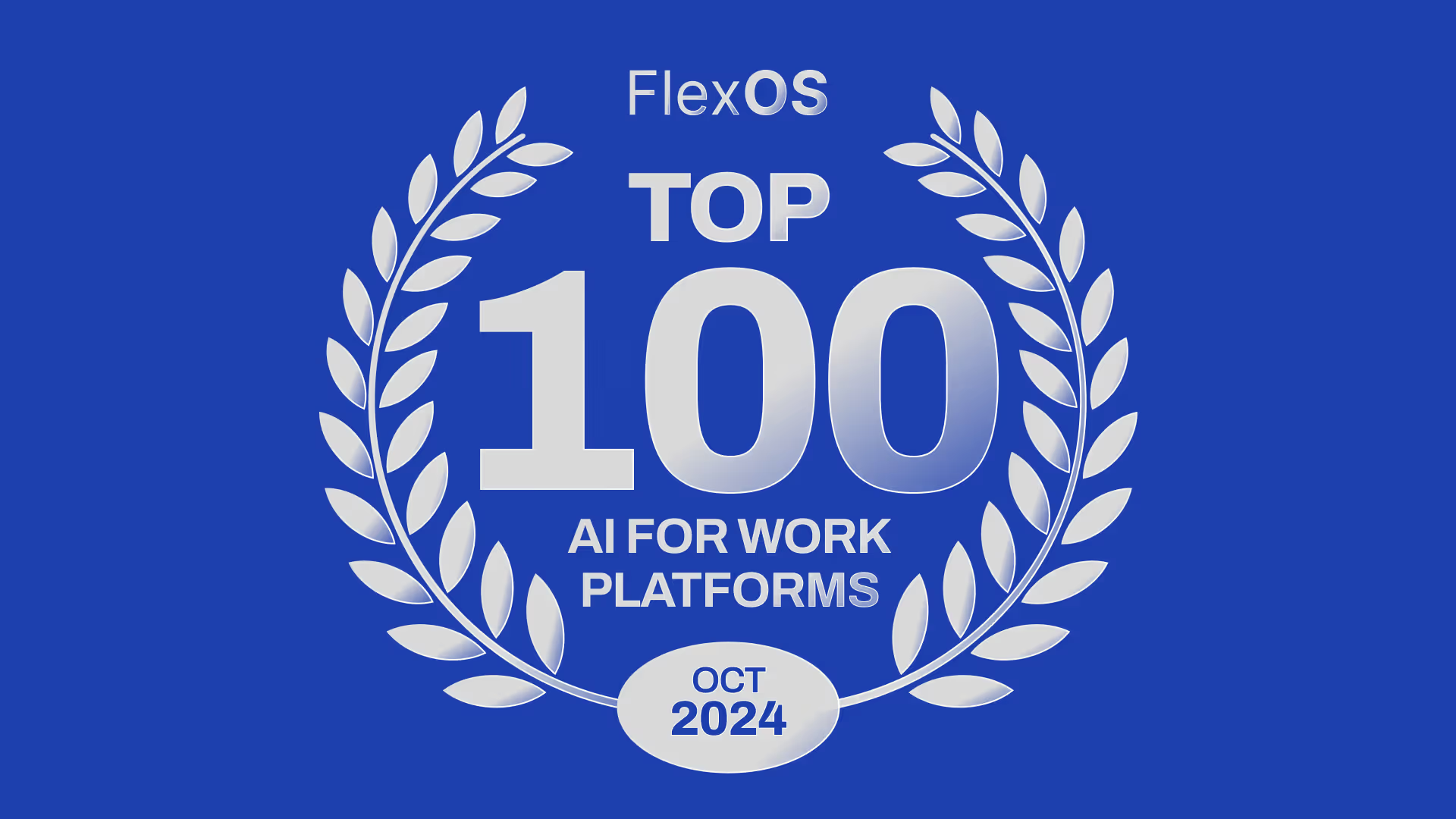Asana's 2024 State of Work Innovation Report just came out, and its authors paint a compelling picture of the modern workplace. Among other things, Rebecca Hinds and team highlight the rise of AI and the challenges organizations face in its implementation.
While AI holds immense potential, the report reveals that many companies are struggling with "AI bottlenecks" that impede progress and fuel employee frustration.
This includes issues around training, as I contributed for the report:
"Leaders often tell me they have a hard time uncovering AI use cases. If they can't integrate AI into their work, their teams won't be able to, either. Any modern worker needs access to personalized AI training that considers where and how the technology can be most useful to them."
All workers, regardless of their technical expertise, should be able to understand how AI can specifically benefit them and their tasks. By making AI accessible and relevant to every worker, organizations can foster greater adoption, innovation, and collaboration. Something that we obviously try to do with Lead with AI and other Generative AI courses.
Let's explore this and other key takeaways from the report:
The AI Adoption Paradox: Enthusiasm Meets Reality
The report underscores a fascinating paradox: while AI adoption is surging, effective implementation remains elusive. Over half of workers (54%) now use AI at least monthly. However, a mere 12% report mature AI implementations within their organizations, indicating a significant gap between adoption and effective utilization.
This discrepancy highlights a critical issue: companies are eager to embrace AI but often lack a comprehensive strategy for its integration. This rush to adopt without proper groundwork leads to inefficiencies and ultimately hinders the very productivity gains AI promises.
The Six Key AI Bottlenecks: A Roadmap for Effective Implementation
The report identifies six key AI bottlenecks hindering effective implementation.

These are:
- Data Quality Issues: The foundation of any successful AI implementation is high-quality data. However, the report reveals that many companies rush into AI adoption without addressing underlying data quality problems. This results in unreliable outputs, eroding trust in AI tools and leading to costly mistakes.
- Budget Gaps: A significant barrier to effective AI implementation is the lack of dedicated financial resources. A staggering 72% of employees report that their organization either hasn't allocated a budget for AI investments or are unsure if one exists. This lack of financial commitment hampers teams' ability to acquire necessary tools, training, and support, hindering successful integration.
- Unauthorized Use: When companies fail to provide reliable and sanctioned AI tools, employees often resort to "shadow AI" – unauthorized tools that introduce security risks and create a fragmented technology landscape. This highlights the importance of proactively providing secure and vetted AI solutions to meet employee needs and mitigate potential risks.
- Lack of Guidance: A lack of clear AI policies and guidance leaves employees navigating the AI landscape with little direction. Only 30% of employees report having an organizational AI policy, leading to inconsistent usage, ethical concerns, and wasted time as teams struggle to understand responsible and effective AI practices.
- "Peanut Butter Coating": Rather than focusing on strategic, high-impact AI initiatives, many organizations spread their resources too thin across numerous projects, diluting their efforts and hindering meaningful progress. This "peanut butter coating" approach often results in underwhelming outcomes and a sense of disillusionment with AI's potential.
- Training Deficits: Effective AI utilization requires upskilling and training, yet only 24% of employees report their organization having a dedicated budget for AI training. This skills gap leaves employees ill-equipped to leverage AI's potential, fueling concerns about falling behind and hindering overall adoption.
High-Velocity Organizations: A Blueprint for AI Success
The report contrasts these challenges by highlighting the practices of "high-velocity organizations" – companies that effectively leverage AI to accelerate workflows and drive productivity.

Here are the key strategies to consider.
- Establishing Clear AI Policies: These organizations prioritize setting clear AI guidelines and policies, ensuring responsible and consistent usage across teams. This proactive approach minimizes confusion, mitigates risks, and fosters a culture of responsible AI adoption.
- Investing in Digital Literacy: Recognizing that technology is only as powerful as the people using it, these organizations prioritize upskilling and AI-specific training. This investment equips employees with the knowledge and skills to confidently navigate the AI landscape and effectively integrate AI tools into their workflows.
- Prioritizing Strategic Budget Allocation: High-velocity organizations strategically allocate budgets to support AI initiatives, focusing on high-impact projects rather than spreading resources too thin. This targeted approach ensures resources are directed towards initiatives with the greatest potential for return on investment.
- Embracing a "Slow Down to Speed Up" Mentality: These organizations understand that rushing AI implementation can backfire, leading to costly mistakes and setbacks. They adopt a measured approach, taking the time to establish clear policies, allocate budgets, and thoroughly train teams before widespread deployment.
- Viewing AI as a Teammate: High-velocity organizations foster a culture that sees AI as a collaborative partner rather than a mere tool. This mindset encourages employees to explore how AI can augment their capabilities and contribute to more complex workflows, ultimately unlocking new productivity benefits.
The Bottom Line: Moving Beyond Bottlenecks: A Call to Action
The report provides a clear and actionable roadmap for overcoming AI bottlenecks and harnessing AI's transformative potential. By addressing data quality issues, allocating dedicated budgets, providing clear guidance and training, and fostering a culture of collaboration with AI, organizations can unlock the true power of this technology and empower their teams to thrive in the evolving workplace.
The report emphasizes that AI is not simply a technological trend but a fundamental shift in how we work. Leaders who embrace this shift, address the challenges head-on, and empower their teams will be best positioned to reap the rewards of increased productivity, innovation, and employee engagement.
What's your biggest insight?






















